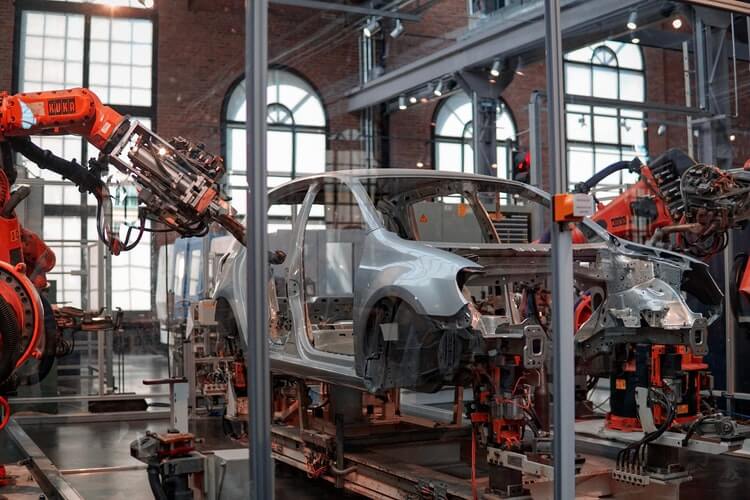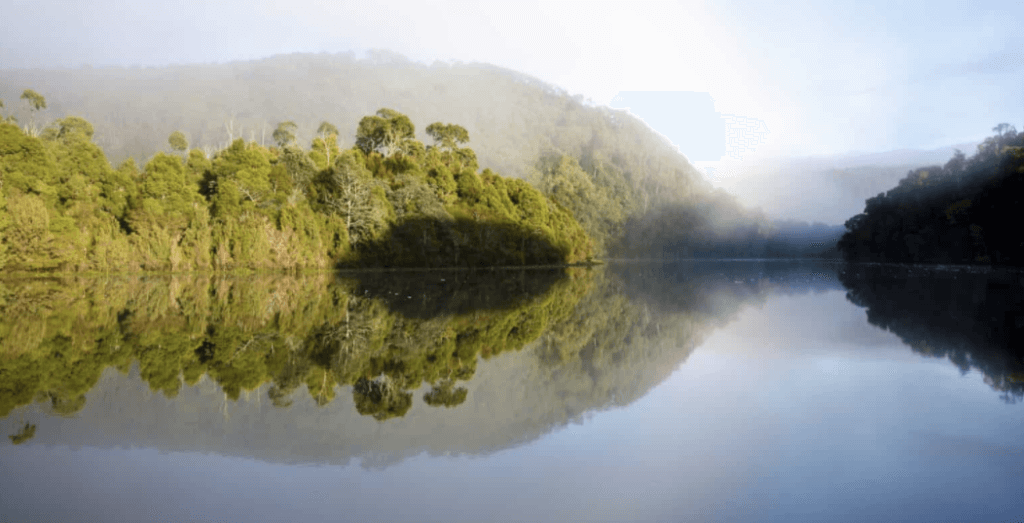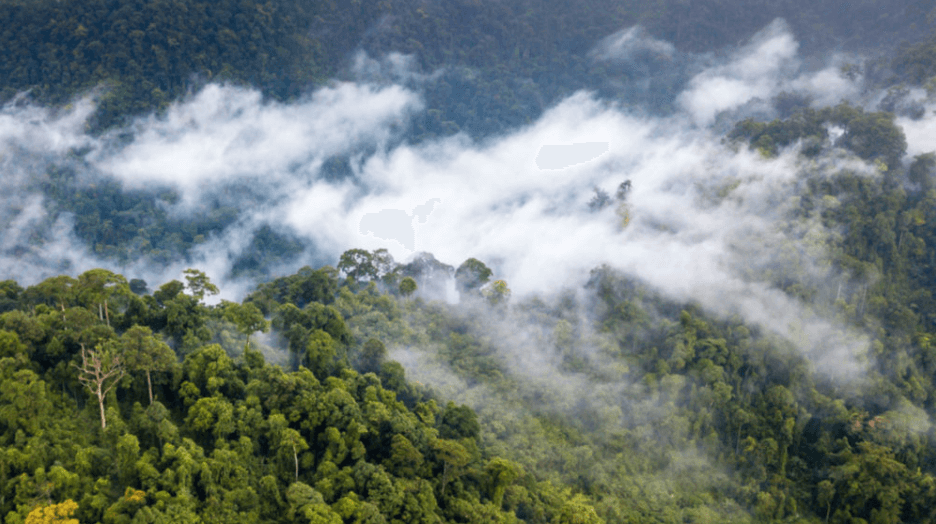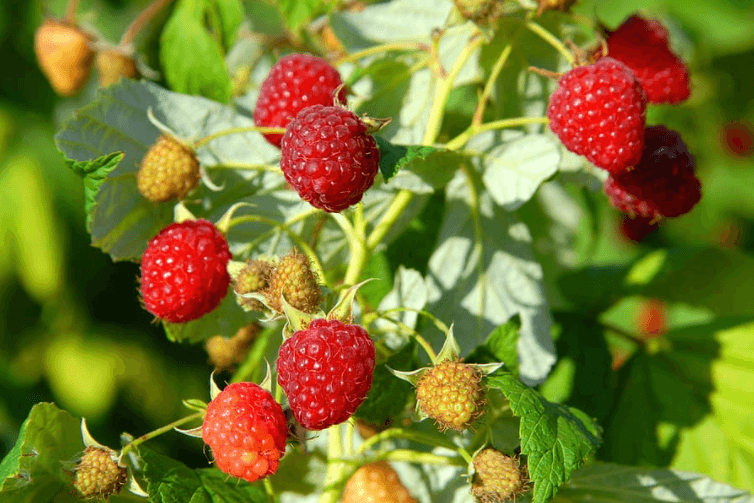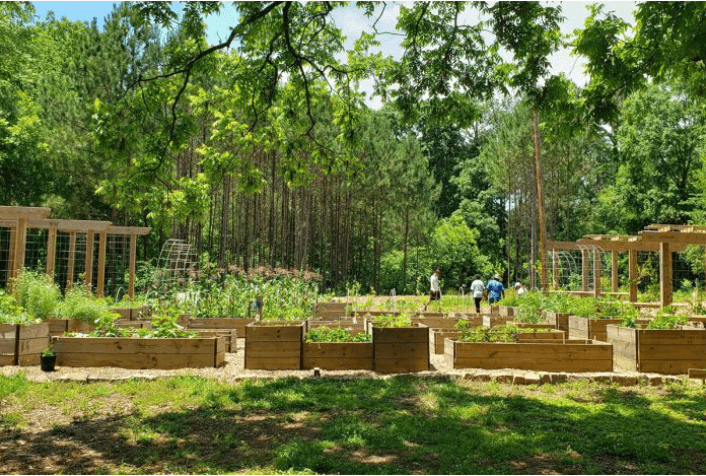For the past decades, corporations such as Toyota, General Motors, Walmart, and others have practiced a supply chain blueprint called Just In Time. The Covid-19 pandemic has changed many things, and the Just In Time practice (which will be referred to as JIT in this article) is one of them.
JIT began with Toyota, manufacturing automobiles. The JIT supply chain model is where the assembly plant receives the parts for the automobile in a manner that is just in time, that is to say, the delivery of parts comes just when needed, and the parts are used in the assembly of the automobile within hours.
The JIT model saved millions (some say billions, but whenever I asked them to show me the actual figures, they declined) of dollars in warehousing parts as well as the managers and personnel required to maintain those warehouses. Thousands of parts all arrive and within just a few hours they are assembled into the finished automobile.
The JIT model became a blueprint for logistics managers all across many industries. I dare say that many of these JIT-educated managers never managed a fleet of a trucks, never handled crates on a forklift, or tackled a complex assembly process by hand on the factory floor.
Keep Reading

